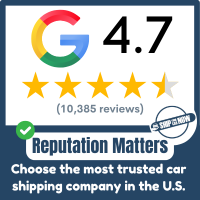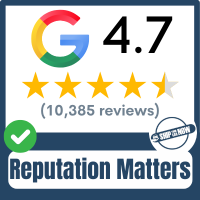If you skip everything in this guide, we won’t hold it against you. However, we highly recommend you read Tip #10: Negotiating the Price Like An FBI Agent. You’ll learn how to buy a used car like a negotiation heavy-weight champion. For the rest of us, let’s read on.
Ever have that uneasy feeling when you walk onto a used car lot? Sure you’re excited to get your new wheels and drive off the lot in a car that’s way better than you expected and costs less than you even budgeted for… That’s the dream.
You want to ensure you make a smart investment. This guide on what to look for when buying a used car will help you cover all necessary checks. Buying a used car can be daunting, yes. But not as difficult as you may think. As long as you know exactly what to do.
And what if you don’t even go onto the lot, what if you’re buying a used car online? Well, that can present its own set of problems. Let’s look at how to buy a used car like a pro.
Key Takeaways
- Ask More Questions Than You Answer
- Please, Don’t Buy the First Car You See
- Well, How Does It Look?
- Interior Inspection
- Under the Hood: Engine and Mechanical Components
- It’s Time To Test Drive
- Mileage Considerations
- Documentation and Paperwork
- Certified Pre-Owned (CPO) Vehicles
- Negotiating the Price Like An FBI Agent
- Final Checks Before Purchase
Buying a used car requires careful consideration and thorough inspections. From checking the vehicle history report to conducting a detailed test drive, each step is crucial in ensuring you make a well-informed decision. By following these essential tips, you can avoid potential pitfalls and find a reliable car that meets your needs.
- Verify Documentation: Remember to verify all documentation.
- Consider CPO Vehicles: For added assurance.
- Negotiate Wisely: Negotiate the price based on thorough research.
- Final Checks: Conduct final checks to ensure a sound
#1: Ask More Questions Than You Answer
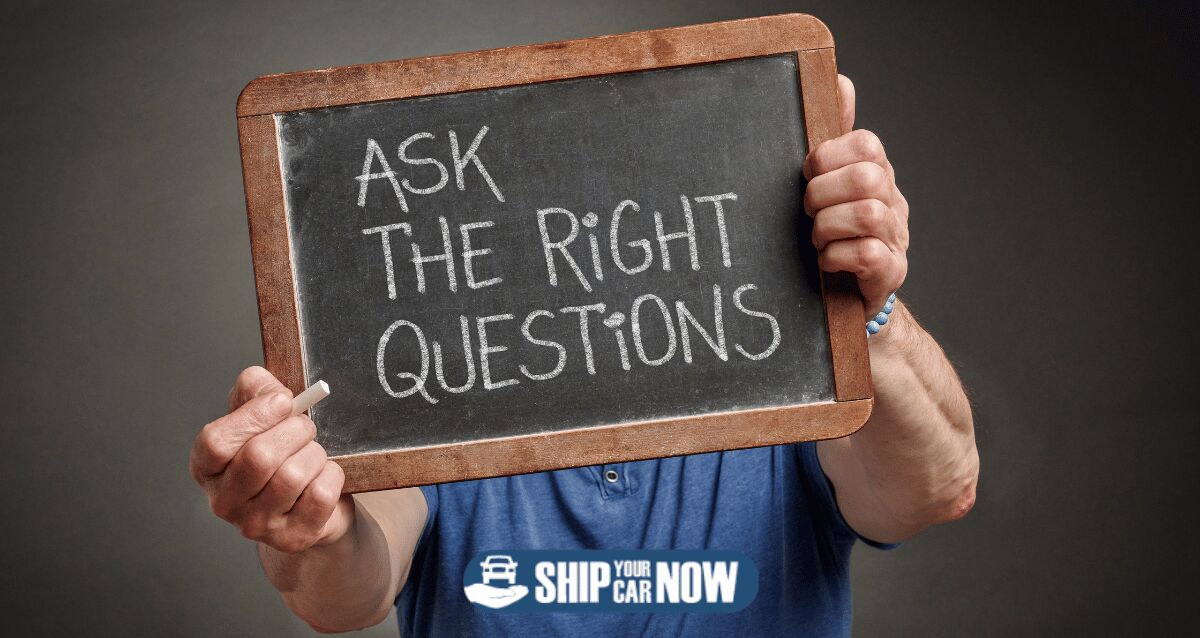
Have you ever heard the phrase: “You have two ears and one mouth, use them in proportion”? Well, it’s a snarky way to say that you should be listening more than you are talking. Said another way, ask more questions than you answer.
Every little bit of information you give away will be used to direct you to a car they want you to buy. The absolutely best way to do this is to simply repeat the last few words that salesperson just said. Yes, that sounds silly, but it’s psychological gold.
- For Example:
- Salesperson: “This car is one of the best on the lot and we’ve marked it down 25% already”
- You: “You’ve knocked it down 25% already?”
This triggers the salesperson’s need to prove what they said is true. And often it keeps them talking which means that you get more valuable information.
But if that’s not your style, then you can always just ask some direct questions too. Don’t hesitate to ask the seller questions about the car’s history. Here are some important questions to ask:
- Why are you selling it?
- How long have you owned it?
- How many previous owners?
- Has the cambelt been replaced if it has over 80,000 miles?
- Does it have a complete service history?
- When was the last M.O.T., and did it fail on any points?
- Are they selling the car as is, or is it under warranty?
- What has been replaced, repaired or updated?
One of the most crucial steps in buying a used car is obtaining a vehicle history report. This report, accessed using the car’s VIN, can reveal vital information about past accidents, ownership history, title issues, and potential odometer fraud. Knowing this history helps you avoid vehicles with hidden problems that could become costly repairs down the line.
A comprehensive vehicle history report can show if the car has:
- Been written off
- Has outstanding finance
- Has been reported stolen
- Any odometer discrepancies
These questions can reveal a lot about the car’s condition and help you avoid a serious problem down the line. Remember, it’s your money, and you should feel empowered to ask as many questions as necessary.
#2: Please, Don’t Buy the First Car You See

It’s tempting to fall in love with the first car you test drive, especially if it seems to tick all your boxes. However, this can lead to impulsive decisions and missed opportunities.
By only test-driving one car, you limit your ability to compare different makes, models, features, and prices.
Make a commitment to go to X number of lots and test drive X number of cars before making your decision.
The truth is that deadlines are the worst thing for negotiations. When the car dealership or person says, we have to sell it today, don’t believe them. Of course, they have to sell it today, tomorrow, and the next.
Deadlines give most people an uneasy feeling because deadlines mean there are consequences. And oh boy, we don’t want to have to deal with consequences, do we?
Buying the first car you see can put you at a negotiation disadvantage. If the seller knows you haven’t looked at other options, they may be less inclined to offer you the best deal. Car shopping around not only gives you a better understanding of the market but also strengthens your position when negotiating the price. Remember, patience can save you money and help you find the perfect vehicle.
Don’t fall for the manufactured deadline. Take your time. If the car you wanted is gone by the time you get back to it, then it wasn’t meant to be.
#3: Well, How Does It Look?

Yes you should judge a book by its cover and the sellers know this too! If they’ve done any research on how to sell their used cars, then they know that they can pay $75 for new car mats and make $400 on the sale. We silly human car-buying people rely on our eyes far too much.
So break out your magnifying glass and let’s get inspecting.
- A thorough exterior inspection reveals signs of damage or repairs.
- Check for rust in wheel wells, door bottoms, and under panels, as rust can compromise structural integrity.
- Look for mismatched paint or gaps in body panels indicating accidents or repairs.
- Use a small magnet to detect body filler and check for welding on the frame.
Identifying these issues early can prevent future costly repairs, ensuring the car is in good condition. This careful inspection helps avoid cars with hidden exterior damage.
Be sure to point out every single issue you see. Let the salesperson know that you aren’t in love with this car. And use those points when you negotiate later.
Body Panels and Paint
Uniformity and alignment of body panels are key indicators of a well-maintained vehicle. Misaligned panels can suggest previous accidents or poor repair jobs. Ensure that gaps between body panels are consistent and even. Inconsistent gaps can be a red flag for underlying structural issues.
- Check for Repainting: Look for uneven paint texture, color mismatches, or paint overspray on non-painted areas.
- Rust: Inspect areas like wheel wells, door sills, and the undercarriage for rust, which can significantly affect the car’s longevity.
Tires and Wheels
Inspecting the tires and wheels is just as important as checking the body panels. Look for:
- cuts
- pplits
- gouges
- bulges
- uneven tread wear
Uneven wear can indicate poor wheel or suspension alignment, which might be the result of a crash or hitting a pothole. Ensure all four tires are of the same brand and in good condition.
- Check Wheels: Look for grazes from kerbstones and inspect for bent or dented rims. These issues can affect the car’s handling and safety. Proper tire and wheel maintenance are crucial for a smooth and safe driving experience.
#4: Interior Inspection

The interior condition of a car can tell you a lot about its overall maintenance and care. Since you’ll spend most of your time inside the car, it’s essential to conduct a thorough inspection of the interior. Here are some things to check:
- Knobs and Switches: Ensure all are in working order.
- Audio System: Test to ensure it functions properly without any crackling in the speakers.
- Climate Control: Verify the air conditioning blows cold air and the heater blows hot air.
Seats and Upholstery
When inspecting all the seats and upholstery, check for any wear, tears, or stains. The condition of the seats can reveal a lot about how the car was used and maintained. Ensure that all seat controls, whether manual or powered, function correctly.
Electronics and Controls
Test all electronic devices and accessories inside the car. Ensure that the lights, radio, air conditioning, and climate control are all working properly. Specific features like the ventilation system, windows, sunroof, radio, and central locking should also be tested to confirm their functionality.
#5: Let’s Get Under The Hood – Engine and Mechanical Components

A thorough inspection of a used car’s engine and mechanical components is vital in determining its reliability and performance. Start by checking the engine oil and other essential fluids. The quality and level of these fluids can indicate how well the car has been maintained.
- Look for Leaks and Smoke: Oil drips or black fluid under the engine indicate an oil leak. Reddish fluid can signify a leak in the transmission or power steering fluid. Blue exhaust smoke suggests burning oil, which could mean a blown head gasket or internal engine seal problems.
Checking Engine Oil and Fluids
Checking the engine oil is a fundamental part of general car maintenance. It ensures the correct level and quality, revealing dirt and grime that indicate poor maintenance or servicing. If the oil level is too low, it may suggest leaks or neglect in regular maintenance.
- Power Steering Fluid, Coolant, and Radiator: Proper levels and clarity of these fluids are essential to avoid overheating and other issues. Conducting these fluid checks can prevent potential problems and costly repairs, making them a critical part of the used car inspection process.
Leaks and Smoke
When buying a used car, it’s critical to check for any leaks and the color of exhaust smoke. Here are some indicators to look out for:
- Oil Drips or Black Fluid: Clear indicators of an oil leak.
- Reddish Fluid: Can point to transmission or power steering fluid leaks.
- Green, Yellow, or Pink Fluid: Usually suggests an antifreeze leak.
- White Smoke: From the exhaust could mean coolant entering the engine cylinders, indicating a blown head gasket. Black and greasy residue inside the tailpipe signals burnt oil, a sign of potential engine problems.
Gearbox and Clutch
A worn clutch may exhibit a high biting point and will likely require replacement. A noisy gearbox could indicate worn bearings or other internal issues. It’s crucial to test the clutch for smooth operation to avoid expensive repairs.
- Smooth Gearbox Functionality: Ensure that the gearbox functions smoothly and does not produce abnormal noises. These checks can help you identify any potential issues that might affect the car’s performance and reliability.
#6: It’s Time To Test Drive

A test drive is a pivotal component in buying a used car. Here are some steps to follow during the test drive:
- Check Warning Lights: Make sure all warning lights illuminate and go off when starting the engine.
- Engine Start and Idle: Observe the engine’s starting and idling.
- Test Controls: Test every switch, button, and lever.
- Drive Conditions: Drive the car at various speeds and conditions to assess its performance. Check for smooth pickup, front-end issues, and unusual noises.
Taking the time to conduct a thorough test drive can help you identify any issues that might not be apparent during a static inspection. This step ensures that the car meets your expectations and performs well under different driving conditions.
#7: Mileage Considerations
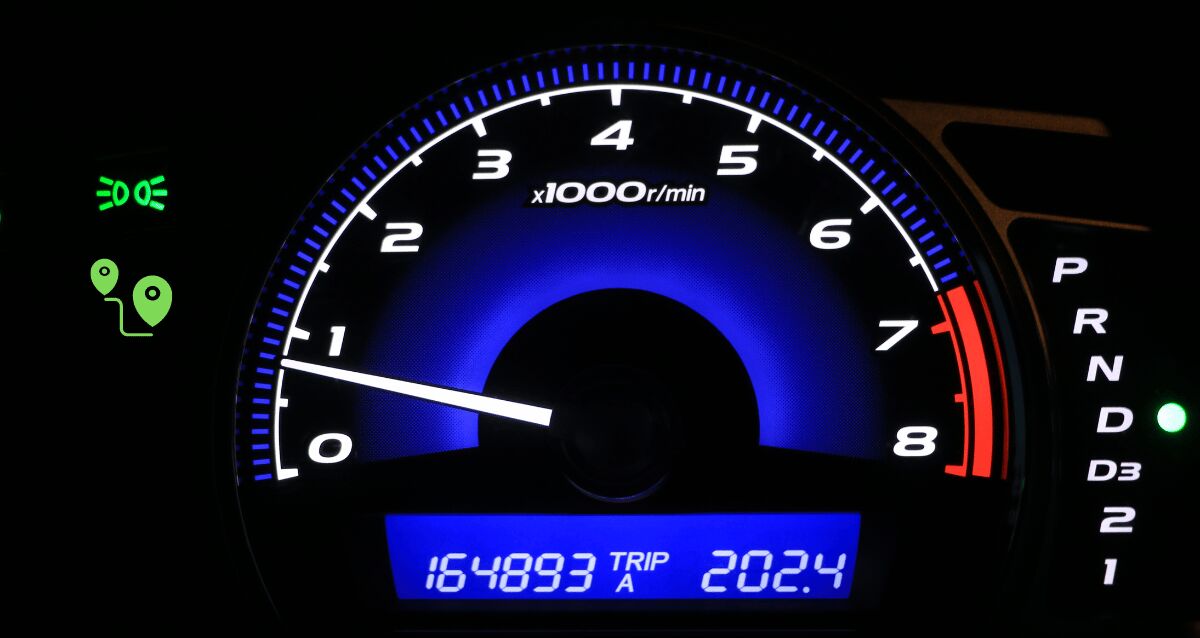
Assessing a car’s mileage in relation to its age and usage is a key step in determining its comprehensive condition. Generally, fewer miles mean less wear and tear, but low mileage can also lead to issues with plastic and rubber parts if the car is driven infrequently.
- Average Mileage: A car typically accrues about 12,000 miles per year. Consider the type of driving the car has experienced, as highway miles are generally less taxing on the vehicle compared to city miles. Checking the odometer reading can provide valuable insight into the car’s usage.
#8: Documentation and Paperwork
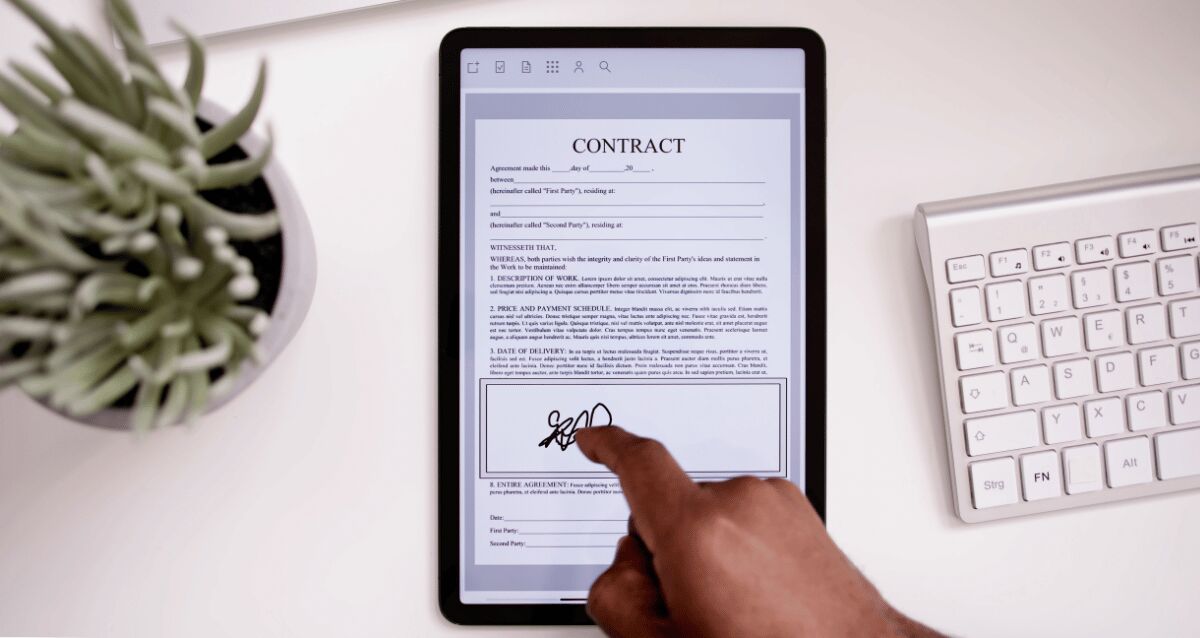
Having the right documentation and paperwork is indispensable when purchasing a used car. Verify that the seller can provide service records, receipts, and a vehicle history report. These documents confirm the car’s maintenance history and help you gauge its overall condition.
- Vehicle History Check: Can reveal if the car has been written off, is subject to outstanding finance, or has been recorded as stolen. Ensuring all paperwork is in order can save you from future headaches and legal issues.
#9: Certified Pre-Owned (CPO) Vehicles
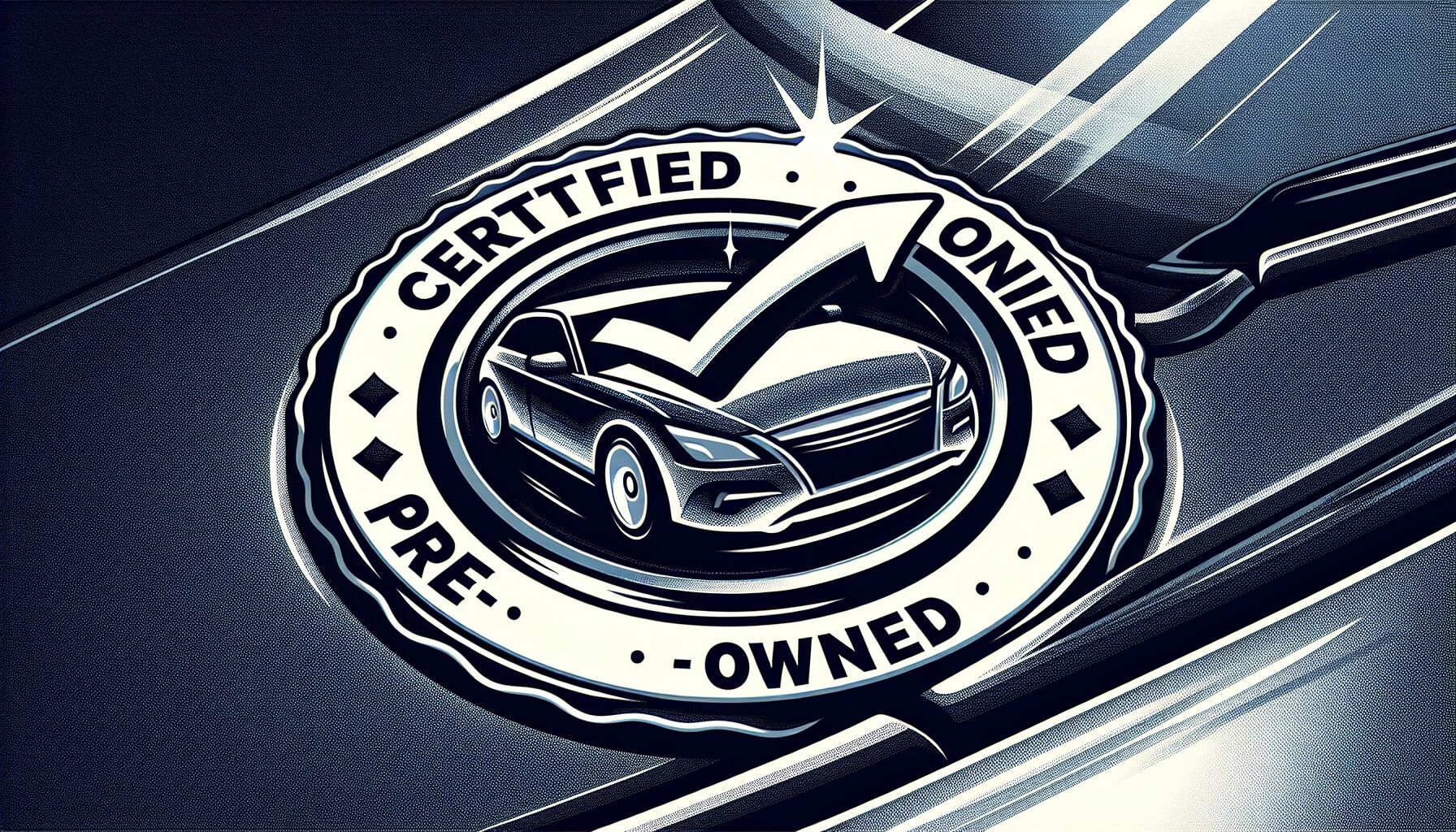
Opting for Certified Pre-Owned (CPO) vehicles can add an extra layer of confidence in terms of quality and reliability. CPO vehicles are typically less than five years old and have fewer than 75,000 miles. These cars undergo a rigorous multipoint inspection by factory-trained technicians to meet higher standards.
- CPO Benefits: Include a limited powertrain warranty, covering seven years or 100,000 miles, along with perks like roadside assistance and complimentary maintenance. Opting for a CPO vehicle can give you peace of mind, knowing that the car has been thoroughly inspected and comes with additional protections.
#10: Negotiating the Price Like An FBI Agent
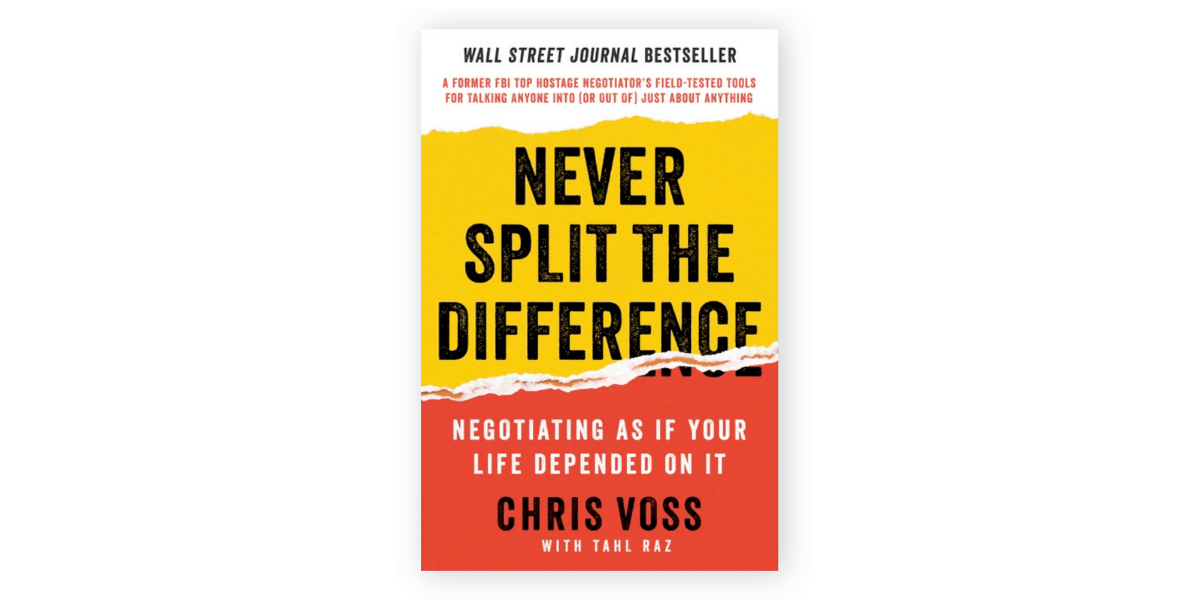
The best book on negotiation was written by world-renowned FBI terrorist negotiator Christopher Voss: Never Split The Difference.
Now we know you don’t have time to read an entire book on negotiation, so we’ll boil down a few of this legendary negotiator’s principles.
- First, and most importantly, The 3 Prices.
Set your target price (your goal). That’s your max. What you are comfortable spending. Once that’s done, set your first offer at 65 percent of your target price. Calculate three raises of decreasing increments (to 85, 95, and 100 percent).
What this does it give the illusion that you are running out of money. That you are really extending yourself. And there is a psychological reaction by the other party. They see the total increases are actually getting smaller. This tricks them into action.
- Use Uneven Numbers & Pretend To Calculate
Your price isn’t $10,000. It should be $12,956,83. When you set the price like that, it communicates the salesperson that you have arrived at that number after careful consideration. Which means you are much firmer on it.
- Repeat the Last Few Words
For bonus points, every time you incrementally increase your number, go onto your phone or a piece of paper and do the calculation. Again, this looks like you’ve arrived at this number with real thought and you can’t be talked above it as easily.
Use lots of empathy and different ways of saying “No” to get the other side to counter before you increase your offer.”
Bargaining the price of a used car calls for thorough research and preparation. Start by researching the market values of the make and model you’re interested in and how much they sell for in your area. Online resources like Kelley Blue Book can provide an estimate of the vehicle’s value.
#11: Final Checks Before Purchase
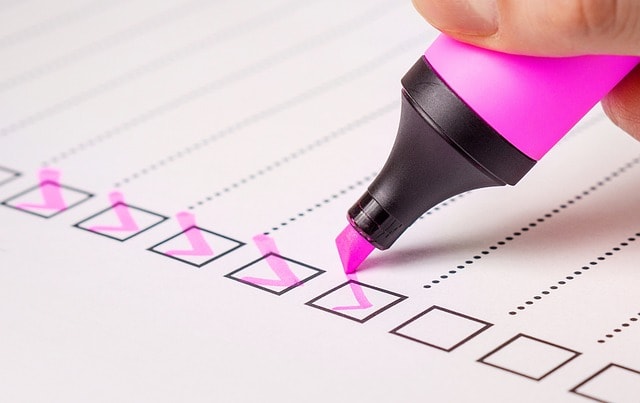
Prior to finalizing your purchase, undertake a few final checks to confirm everything is as it should be. Verify the car’s title to avoid any surprises when registering the vehicle. Ensure all outstanding liens are cleared before buying the car.
- Title Verification: Ensures you are making a sound investment and that there are no hidden issues that could cause problems later. Taking the time to double-check these details can save you from future hassles.
Verify VIN
Confirming the Vehicle Identification Number (VIN) is vital in certifying the car’s authenticity. Make sure the VIN on the vehicle matches the records to avoid any attempts at VIN forgery. Checking the VIN can reveal if the car has been reported as stolen or declared a total loss.
- Free VIN Check: You can check the VIN for free on sites like the National Insurance Crime Bureau, VehicleHistory.com, or iSeeCars.com. This step ensures that the car has not been tampered with and has accurate documentation.
Double-Check for Recalls
It’s crucial to re-check for any unresolved recalls on the vehicle. A report can indicate if the car has any recalls that need to be addressed. This ensures that any safety or mechanical issues have been resolved before you take ownership.
- Recall Status: VehicleHistory offers a free VIN lookup that provides information on selling history, recall status, and warranty details. Addressing recalls before purchasing the car ensures that you are not buying a vehicle with unresolved issues.
We Can Help!
At ShipYourCarNow we provide car shipping service in excellence with easy door-to-door car shipping – contact us today for an instant quote!
Be sure to visit some of our popular state car shipping pages to learn more about auto transport prices.
- California Car Shipping Service
- Colorado Car Shipping Services
- Florida Car Shipping Service
- New Jersey Car Shipping Service
- New York Car Shipping Service
Frequently Asked Questions
Why is it important to get a vehicle history report before buying a used car?
It’s important to get a vehicle history report because it reveals past accidents, ownership history, title issues, and potential odometer fraud, helping you avoid vehicles with hidden problems.
What should I look for during a test drive?
During a test drive, focus on the car’s performance, handling, and comfort. Pay attention to smooth pickup, front-end issues, and unusual noises.
How can I verify the car’s VIN?
You can verify the car’s VIN on reputable sites like the National Insurance Crime Bureau, VehicleHistory.com, or iSeeCars.com to confirm the authenticity of the vehicle and check for any potential issues or tampering.
What are the benefits of buying a certified pre-owned (CPO) vehicle?
Buying a certified pre-owned (CPO) vehicle offers added assurance of quality with a rigorous inspection, limited powertrain warranty, roadside assistance, and sometimes complimentary maintenance. These benefits provide peace of mind when purchasing a used vehicle.
How should I negotiate the price of a used car?
When negotiating the price of a used car, it’s important to research market values, get pre-qualified for financing, set a maximum price, and be prepared to walk away if the salesperson won’t budge. Consider the value of your trade-in as part of the negotiation.





